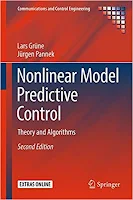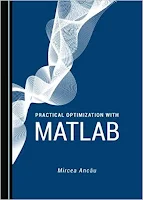High Resolution Pressuremeters and Geotechnical Engineering
John Hughes, Robert Whittle ... 352 pages - Language: English - Publisher: CRC Press; (November, 2022) - ISBN-10: 1032060948 - ISBN-13: 978-1032060941.
High Resolution Pressuremeters and Geotechnical Engineering focuses on pressuremeters with internal transducers that allow measurement of strength, stiffness and in situ reference stress. It outlines the principles and the basics of the technology, gives guidance on good practice and making reliable analysis, provides case studies, and compares the pressuremeter test with similar ones from other devices to enable engineers to make informed choices.
A unique, up-to-date guide to high resolution pressuremeters with internal transducers + Contextualises analyses and advice to enable an informed choice of testing processes + Presents analyses previously unpublished in book form.
This practical guide will suit professionals at the consultancy level, pressuremeter practitioners and site investigation companies.
A unique, up-to-date guide to high resolution pressuremeters with internal transducers + Contextualises analyses and advice to enable an informed choice of testing processes + Presents analyses previously unpublished in book form.
This practical guide will suit professionals at the consultancy level, pressuremeter practitioners and site investigation companies.











